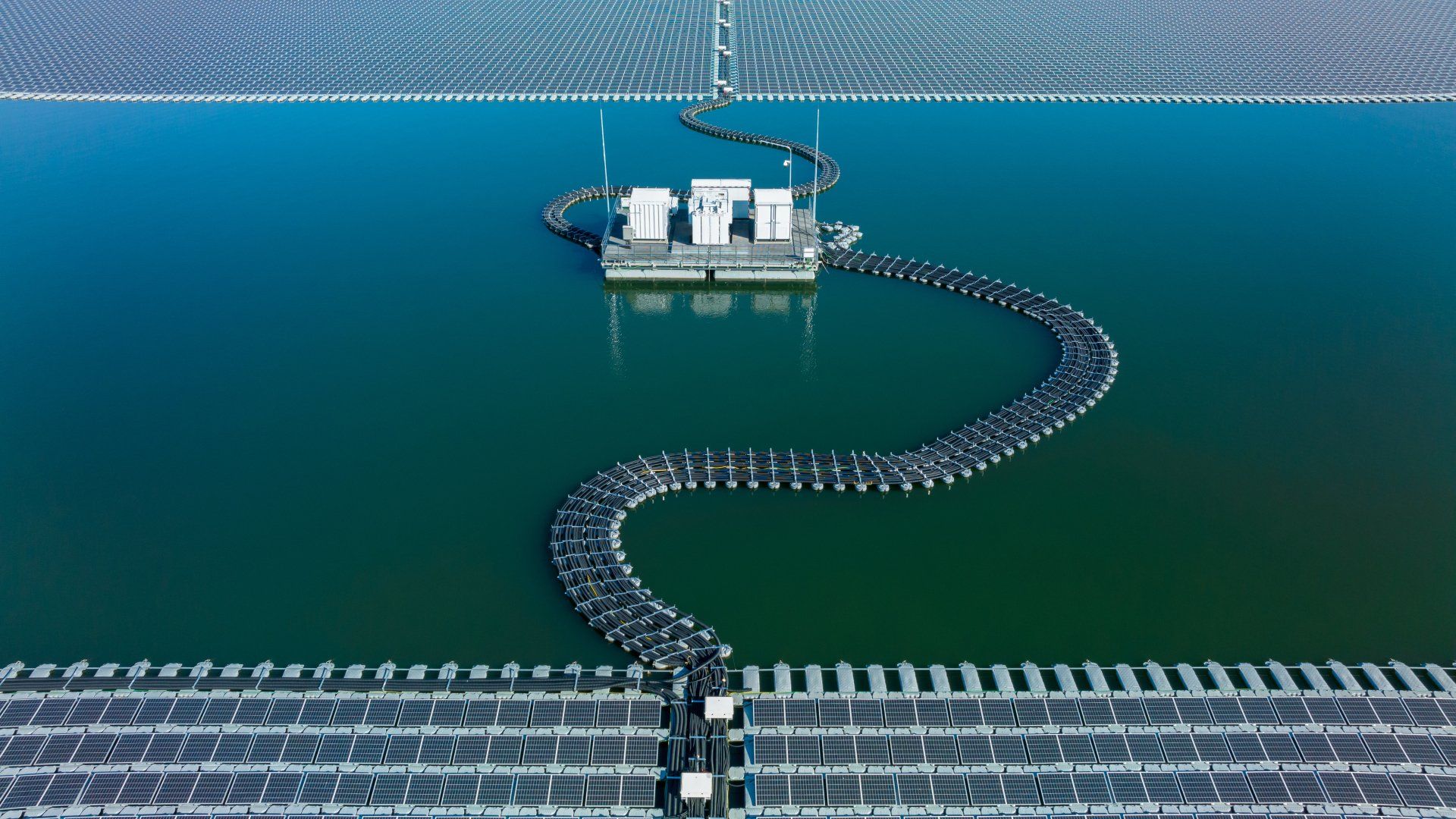Data Security

We take your privacy seriously. All interactions are subject to our Terms of Service, Privacy and Cookie Policies.
Follow Us
Get the latest news delivered to your inbox.
How to Install Solar Energy in your Home: A Step-by-Step Guide
Share with Friends
Solar energy systems are becoming more and more popular for homeowners looking to save on their energy costs. By installing a solar system, you can generate your own electricity and reduce your reliance on the utility company. In order to get the most out of your solar system, it is important to monitor its performance and make any necessary adjustments.
Introduction: Describing the benefits of solar energy
Solar energy is a renewable resource that has been used for centuries. It is created by the sun and can be used to power homes, businesses, and vehicles. Solar energy is clean and efficient, making it a great choice for those looking to reduce their carbon footprint. Additionally, solar energy systems are becoming more affordable, making them an attractive option for homeowners and businesses alike.
Step 1: Assess your home’s energy needs and solar potential
Building a home is an important investment. One of the most important steps in deciding if building a home is the right choice for you is to assess your home’s energy needs and solar potential.
All homes have unique features that affect how efficiently they use and produce energy. By understanding your home’s specific needs, you can make informed decisions about what kind of efficiency upgrades are worth your investment.
Solar potential is another important factor to consider when building a home. The amount of sunlight your property receives will determine how feasible it is to install solar panels.
If you are already living in a home, it is not too late to assess its energy needs and solar potential. Simply map out your property and take note of any sunny areas that could be used for solar panels. You may be surprised by how much electricity your home could generate from the sun!
Step 2: Choose the right solar system for your home
When you’re shopping for a solar system, it’s important to choose the right one for your home. There are three main types of solar systems: grid-tied, off-grid, and hybrid.
Grid-tied systems are the most common type. They’re connected to the power grid, so you can still use electricity from the grid when the sun isn’t shining. Off-grid systems are completely independent from the power grid. They’re perfect for homes in remote locations or off the beaten path. Hybrid systems combine features of both grid-tied and off-grid systems. They’re ideal for homeowners who want the flexibility of using grid electricity when it’s available but also want to be able to generate their own power during outages or emergencies.
Step 3: Install the solar system
Now that you have chosen your solar system, it is time for installation. The process for installing a solar system will vary depending on the size and type of system you choose.
In most cases, the solar panels will be mounted on the roof, and the inverter will be installed in a sunny spot near the electrical panel. The cables from the panels to the inverter will be run through an attic or crawlspace, if available.
If you are not comfortable climbing up on your roof or working in tight spaces, you may want to hire a professional installer. They can handle all of the details of installation for you and ensure that everything is done safely and correctly.
Step 4: Connect your solar system to the grid
Congratulations! You have completed the installation of your solar system. The final step is to connect it to the grid. This process is relatively simple. First, you will need to contact your local utility company and schedule a time for them to come out and inspect your system. They will verify that it is connected properly and that all safety protocols have been followed. Once they approve your system, they will activate it and you will start generating electricity from the sun!
Step 5: Monitor your solar system and enjoy the savings
Solar energy is a great way to save money on your electric bill, and it’s easy to install a solar system in your home. In order to get the most out of your solar system, you need to monitor it regularly.
Solar energy systems are becoming more and more popular for homeowners looking to save on their energy costs. By installing a solar system, you can generate your own electricity and reduce your reliance on the utility company. In order to get the most out of your solar system, it is important to monitor its performance and make any necessary adjustments. Here are five simple steps to help you get started:
1. Install a monitoring system – A good way to keep track of your solar system’s performance is to install a monitoring system. This will allow you to see how much energy your system is producing and identify any issues that need attention. There are a number of different monitoring systems available, so be sure to choose one that fits your needs.
2. Plan for the Future – Once you have installed your solar system, it is important to make sure that you plan for its future. You should know how much energy your system will produce over the next few years and what kind of maintenance might be needed to keep it running efficiently.




